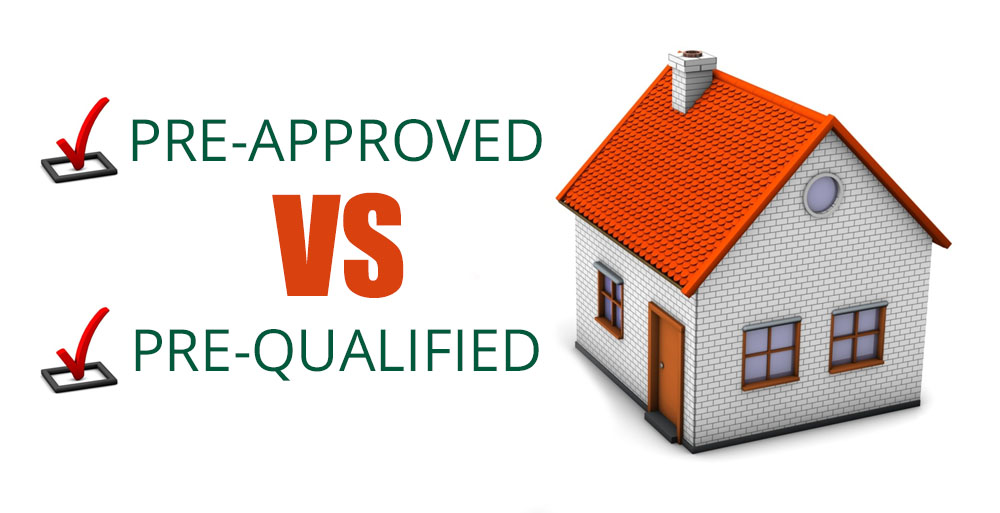
The whole mortgage process can sometimes be the most demanding part of buying a home. In fact, a recent survey showed that 42% of home buyers found the mortgage experience “stressful” and 32% found it to be “complicated.” It’s not just the buyers that feel this way, the lenders happen to agree that it’s often a struggle.
You have to remember that a lot can go wrong during this process. As a home buyer, you have to be attentive and keep a positive mindset.
Below are 6 of the most common ways to ensure that you will NOT get that mortgage, therefore, do NOT do them!
 Waiting for 20% Down Payment
Waiting for 20% Down Payment
Some conventional home loans do require a 20% down payment, this enables you to bypass having PMI (private mortgage insurance) which is a monthly fee varying between 0.3% – 1.15% of your total loan amount. As you sit back waiting to save that 20%, you’re missing out on our currently low-interest rates. Home prices and mortgage rates are expected to continue to increase over time.
Did you know that you can get an FHA loan with 3.5% down? VA and USDA loans can be 100% financing. You have options!
It doesn’t cost anything for you to get educated and find out a ballpark of what you can afford, monthly payments, fees and etc.
Only Meeting 1 Lender
Did you know that according to the Consumer Financial Protection Bureau, about half of U.S. home buyers only meet with one mortgage lender before signing up for a home loan? Comparison is key for many reasons, from personality to costs, rates, and fees. A mortgage lender is someone that you will be working SO very close with. It’s important that you like and communicate well with the lender you decide to work with.
Ideally, to help make sure you’re getting the best deal possible, meet with at least three mortgage lenders. You’ll want to start your search early (ideally, at least 60 days before you start seriously looking at homes). As you meet with each, request a good-faith estimate which will break down the terms of the loan, interest rates and fees, this makes for easier side-by-side comparison later.

Pre-Qualified Instead of Pre-Approved
Although a pre-qualification and a pre-approval sound rather alike, they’re so very different. A pre-qualification is just a broad and basic overview of a buyer’s ability to get a loan. They provide this based just on the information you provide to them, usually resulting in a rough estimate of how much you can afford, it does NOT, however, guarantee that you will get approved for a mortgage.
A pre-approval is an in-depth process that involves credit checks and verifying your income and assets. An underwriter does a preliminary review of your finances and if all goes well, you’re issued a pre-approval letter, which is a written commitment for financing, up to a certain loan amount. This is also required with a majority of submitted offers. So if you’re serious about buying a home, a pre-approval letter is a crucial step to not overlook.
 Moving Your Money
Moving Your Money
During the pre-approval process, you have to show that you have enough available cash to afford the down payment. This is typically and most often easily done through bank statements. Just as the underwriter did to issue you a pre-approval, they will recheck and verify during the underwriting once you’re under contract and prepping to close. They want to ensure that you still have the funds available and your financial status as it was when last checked. Moving or adding large amounts of money to your accounts will raise red flags, and often require detailed reasoning as to why and where the money came from.
 Applying For or Getting New Credit Lines
Applying For or Getting New Credit Lines
Did you know that applying for a new credit card or requesting credit limit increases can ding your credit score up to 5 points – every time! These inquiries add up, don’t let saving 5% at a store cost you your dream home. Always ask your lender before making any financial decisions once you’re seriously home shopping.
This also means, no new monthly expenses – now is not the time to go car shopping or furnish your almost new home. Ask, ask, ask, your lender will appreciate it and your future self will as well.
 No New Jobs
No New Jobs
Most lenders prefer to see at least 2 years of consistent income history before issuing your pre-approval. Do NOT change jobs while under contract, this can create a huge issue for the underwriting and ultimately jeopardize your loan successfully closing. Wait until after you’ve closed to change jobs. If you’re in a dire situation and forced to make a change, contact your lender immediately. They will be able to best advise how to proceed in the process and what the next steps will be.
Are you ready to start your home search? I have some amazing local lenders that I can get you in contact with and get the process started. Remember, education and information is free! It’s better to know your situation with certainty than just assuming. This also allows you to put a plan together to fix any possible issues you may encounter. Call me! 727-326-2963



